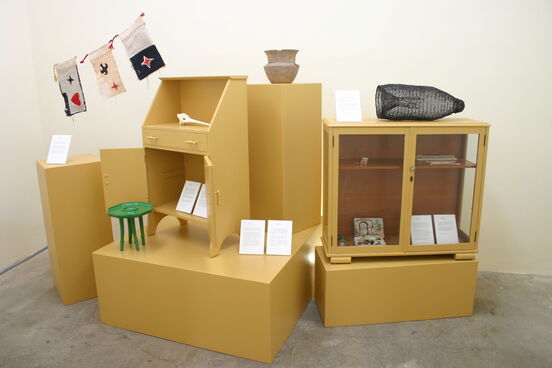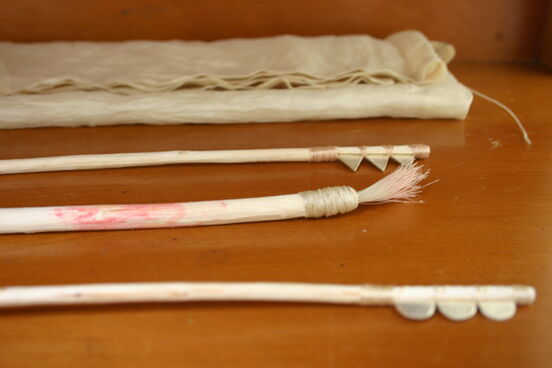Modelled on, but very different from, the highly prestigious Museum of Jurassic Technology, in Los Angeles, California, The Museum of True History - known affectionately as ‘MOTH' by collection enthusiasts and museum professionals alike - is a humble, but by no means diminutive example, of five centuries of collecting traditions. It is not the first institution of its kind to inhabit the sometimes obtuse eclecticism of the private collection. The Museum of True History however does negotiate the relatively unbroken ground of the antipodean lifestyle in all of its normalised, contradictory and highly inoffensive splendour.
The Museum of True History is based geographically at undisclosed premises throughout New Zealand and only occasionally makes its collections available to the public. It is primarily an educational institution dedicated to the pursuit of truth through the study of existence through the presentation of various materials from antipodean history. The Museum of True History serves dual functions. On the one hand it provides the academic community with a specialised repository for relics and artefacts from the antipodes, with an emphasis on those that illustrate the advancement of ontological ideals. On the other hand the museum serves the general public by providing displays which focus attention on the unknown, rarely viewed or the seldom seen.
The Museum of True History has a vast array of collections. They range over the prescriptive relationships of artificia and naturalia associated with the private collections and Wunderkammen of the fourteenth and fifteenth centuries; however the Museum of True History also endeavours to step outside of these often limiting parameters to present the stuff of everyday life for your enjoyment.
The collection shown here is identified in The Museum of True History manifesto as 'Recent Acquisitions'. This selection consists of objects that have been recently purchased, donated or bequeathed to The Museum of True History. Unfortunately, and as with many inherited collections, staff have been unable to completely authenticate the provenance of these particular artefacts. In order to adhere to our mission of ontological progress we have chosen, for the time being, to display narratives in the ‘house style' based on the information deposited with the objects.
As a visitor to our collections, you may well recognise and be able to identify one or many of these artefacts beyond the limited interpretation provided, we do however ask that you keep this information to yourself as we have already initiated an internal framework of consideration.


Marbles. MOTH Cat. No. 078. Courtesy Crystal Chain Gang, 2010.

Tools. MOTH Cat. No. 050. Courtesy Rachel Bell, 2010.